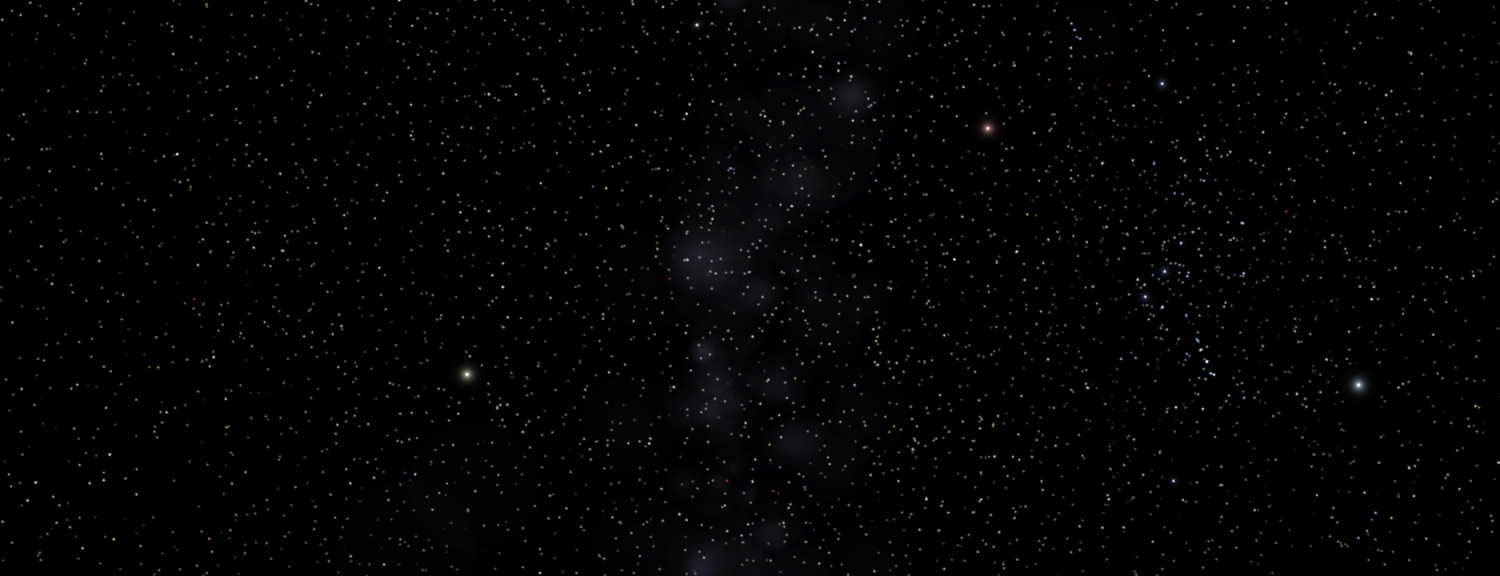What’s an ARC? An ARC is a pre-release copy offered free to readers who are willing to leave a review on Amazon, Goodreads, BookBub, or similar platforms. You get to read the book early, and your honest review helps others decide whether it’s for them. Win-win.
The countdown has begun for the release of my new book, Periphage Blues. In the next two months there will be opportunities for you to get pre-release copies and to sign up to get the official copy on the release day.
Lampworks Lamplighter Cory Doctorow, Alastair Reynolds, and John Varley The Lampworks Lamplighter SF & Fantasy News & Reviews It appears that your email client isn’t displaying the newsletter correctly. Please view the web version for
We just watched two anime series that were a world apart, yet shared intricate conspiracies and protagonists who notice what everyone else misses. And both had themes of low-born individuals standing against the abuses of the upper class.
A few years ago, I wrote Midwinter Knots as a holiday companion for my novel Knots and made it free to all subscribers of this newsletter. Simply follow the link below to download it. Whether this is your first visit to the world of Knots or a chance to reunite with its characters (especially Trefoil the cat), I hope you enjoy this little story.
On a recent vacation, my wife and I were driving through West Virginia and saw that Green Bank Observatory wasn’t far from our itinerary. We drove through the rolling countryside to the remote location. The Observatory is within the National Radio Quiet Zone, where there are no cell towers, forcing us to use paper maps for about two hours each way. It was worth the drive; we had a fascinating tour of the radio telescopes from a guide knowledgeable in the history of their use for the SETI program.
I was reading the latest issue of Symmetry Magazine when an article caught my eye. This is a publication that presents news from Physics in layman’s language, written by SLAC National Lab (where I spent 25 years) and its sister lab Fermilab. In the article, the former director of communications at CERN reminisced about the challenges of explaining the science that they do, especially in the face of public misconceptions.
Most of you will probably finish that headline in your head with the toothless warning from banks and brokerages: “Past performance is not a guarantee of future returns.” So too with authors. We often pick up books by authors we’ve liked in the past, only to be disappointed. Or sometimes, surprised.
My own contribution, Charon, is a poignant tale of loss and reconciliation. It follows Simon Aeneas Kost on his solitary voyage to Pluto and its moon, Charon. He confronts his deepest fears as he encounters our first interstellar visitor while far from human company, wandering the desolate banks of the river Styx.
Even a cloudy eclipse is worth experiencing. Even better, we gathered at one of our favorite wineries. An afternoon of sipping wine took the sting of the clouds away.

